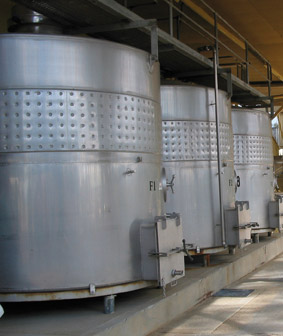Raw material price fluctuations and increasing demand for stainless steels have driven demand for lower cost alloys as alternatives to the traditional “300” series steels. This has been met through a range of existing and new, innovative steels with different properties, performance and availability broadening the range of alloys that might be found in the market. But as with the traditional stainless steels you can’t tell what they are by looking at them.
This article describes most of the range of test methods available for grade confirmation. The method used depends on the budget, size of job and the potential


 For a country like Australia - a big supplier of metals - it’s good news, and we have all enjoyed the benefits of the minerals boom. But those of us in the stainless steel industry have seen prices increase markedly, and it has been hard to cope with. We live in interesting times.
For a country like Australia - a big supplier of metals - it’s good news, and we have all enjoyed the benefits of the minerals boom. But those of us in the stainless steel industry have seen prices increase markedly, and it has been hard to cope with. We live in interesting times.


 Stainless steel tanks are made from 316 stainless steel, a material which is typically used in the marine industry because of its high corrosion resistance. The 316 stainless steel provides a natural barrier to corrosion that
Stainless steel tanks are made from 316 stainless steel, a material which is typically used in the marine industry because of its high corrosion resistance. The 316 stainless steel provides a natural barrier to corrosion that



